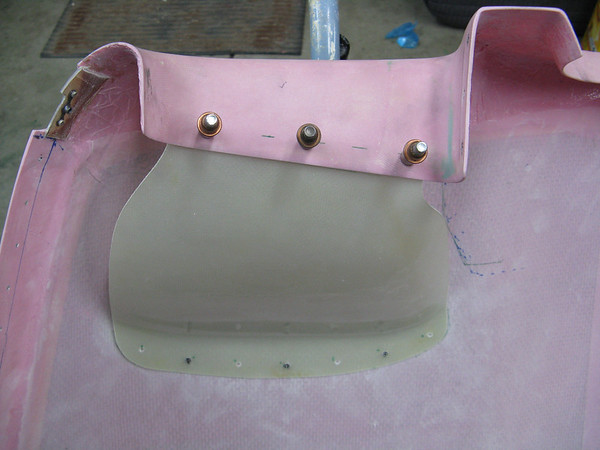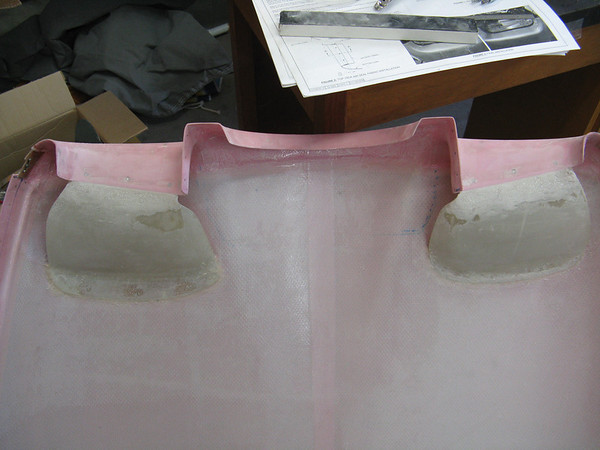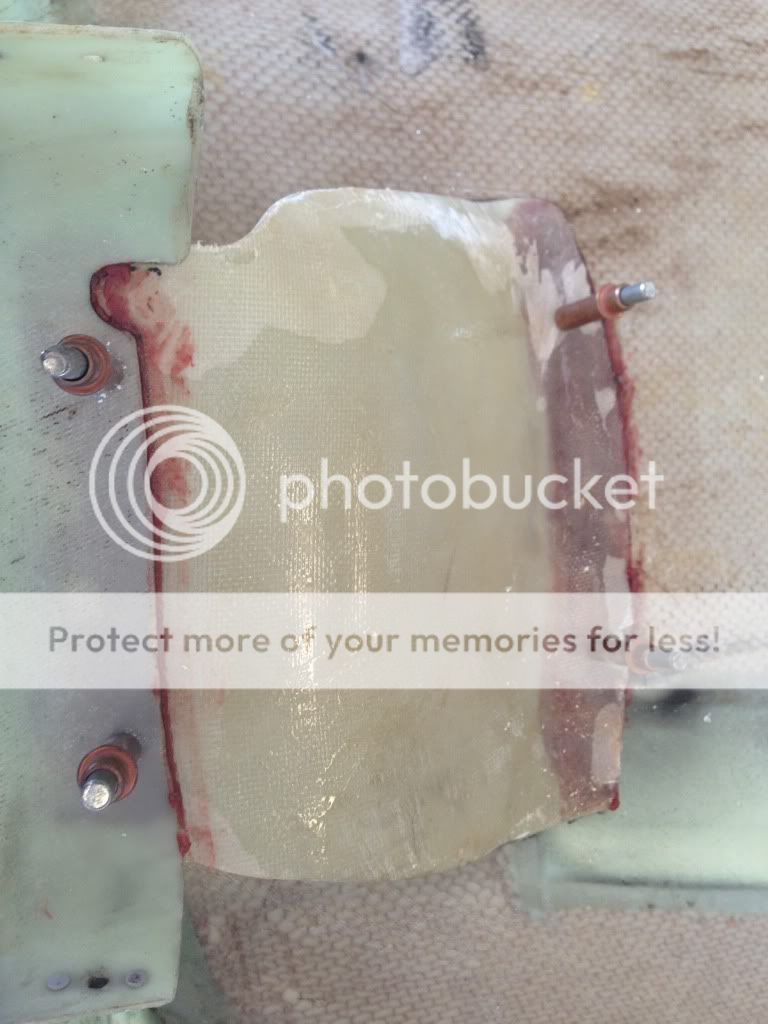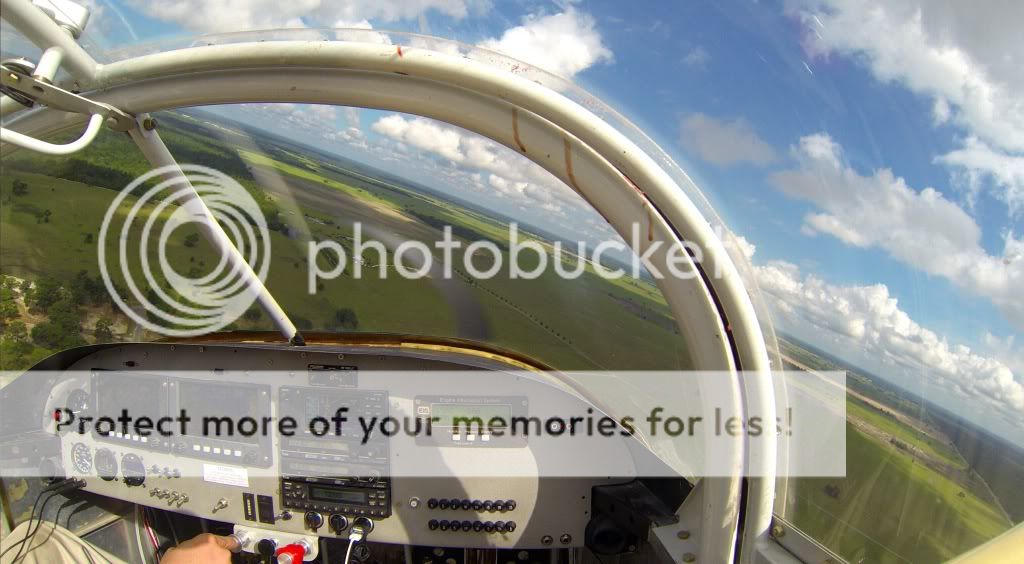Jesse
Well Known Member
I just finished retrofitting an O-320 to a -9A that used to have a Subaru engine. It has been an adventure. We had to add the scoop to the bottom cowl for the airbox, modify the firewall back as close to stock as we could get it, and so on. The cowl actually fit with a little shimming of the engine.
My problem is this. When I take off, my CHT's climb through 400 as I climb through about 100 ft. I have to climb at about 400fpm to keep them from going much past 425. Even at cruise, with the power pulled back to 2400 (fixed pitch), they stay between 400 and 415. I have trimmed the back of the bottom cowl to allow more air to exit. I have sealed the baffles where air may be able to leak, but they remain high. I don't have the wheel pants and gear leg fairings on yet, so that will help some (higher speed gives more airflow through the cowl, right), but I must be missing something obvious.
I noticed this afternoon that the upper air ramps on the top cowl are missing. I can see how air could escape around the baffles, which would not only steal my cooling air, but would also decrease the pressure differential between the top of the engine and the bottom, decreasing the cooling. But, could missing that part really make that much difference?
My first flight I just had the slot in the middle of the bottom cowl and the opening at the back. The CHT's hit 450 so I just went around and landed right away. WIth the additional sealing of the baffles and the additional trimming of the bottom cowl we have them so they stay in the low 400's, but at 9,000 ft, even on a warm summer day, I would expect to see closer to 350 than 410.
My oil has been hanging right around 180, which I am happy with.
Is it possible that my CHT's are somehow out of calibration? They are not new probes and it is not a new EIS, but I am pretty sure they are the probes that were installed with that EIS in the Zenith 801 I got them from.
Any thoughts, please share.
My problem is this. When I take off, my CHT's climb through 400 as I climb through about 100 ft. I have to climb at about 400fpm to keep them from going much past 425. Even at cruise, with the power pulled back to 2400 (fixed pitch), they stay between 400 and 415. I have trimmed the back of the bottom cowl to allow more air to exit. I have sealed the baffles where air may be able to leak, but they remain high. I don't have the wheel pants and gear leg fairings on yet, so that will help some (higher speed gives more airflow through the cowl, right), but I must be missing something obvious.
I noticed this afternoon that the upper air ramps on the top cowl are missing. I can see how air could escape around the baffles, which would not only steal my cooling air, but would also decrease the pressure differential between the top of the engine and the bottom, decreasing the cooling. But, could missing that part really make that much difference?
My first flight I just had the slot in the middle of the bottom cowl and the opening at the back. The CHT's hit 450 so I just went around and landed right away. WIth the additional sealing of the baffles and the additional trimming of the bottom cowl we have them so they stay in the low 400's, but at 9,000 ft, even on a warm summer day, I would expect to see closer to 350 than 410.
My oil has been hanging right around 180, which I am happy with.
Is it possible that my CHT's are somehow out of calibration? They are not new probes and it is not a new EIS, but I am pretty sure they are the probes that were installed with that EIS in the Zenith 801 I got them from.
Any thoughts, please share.











